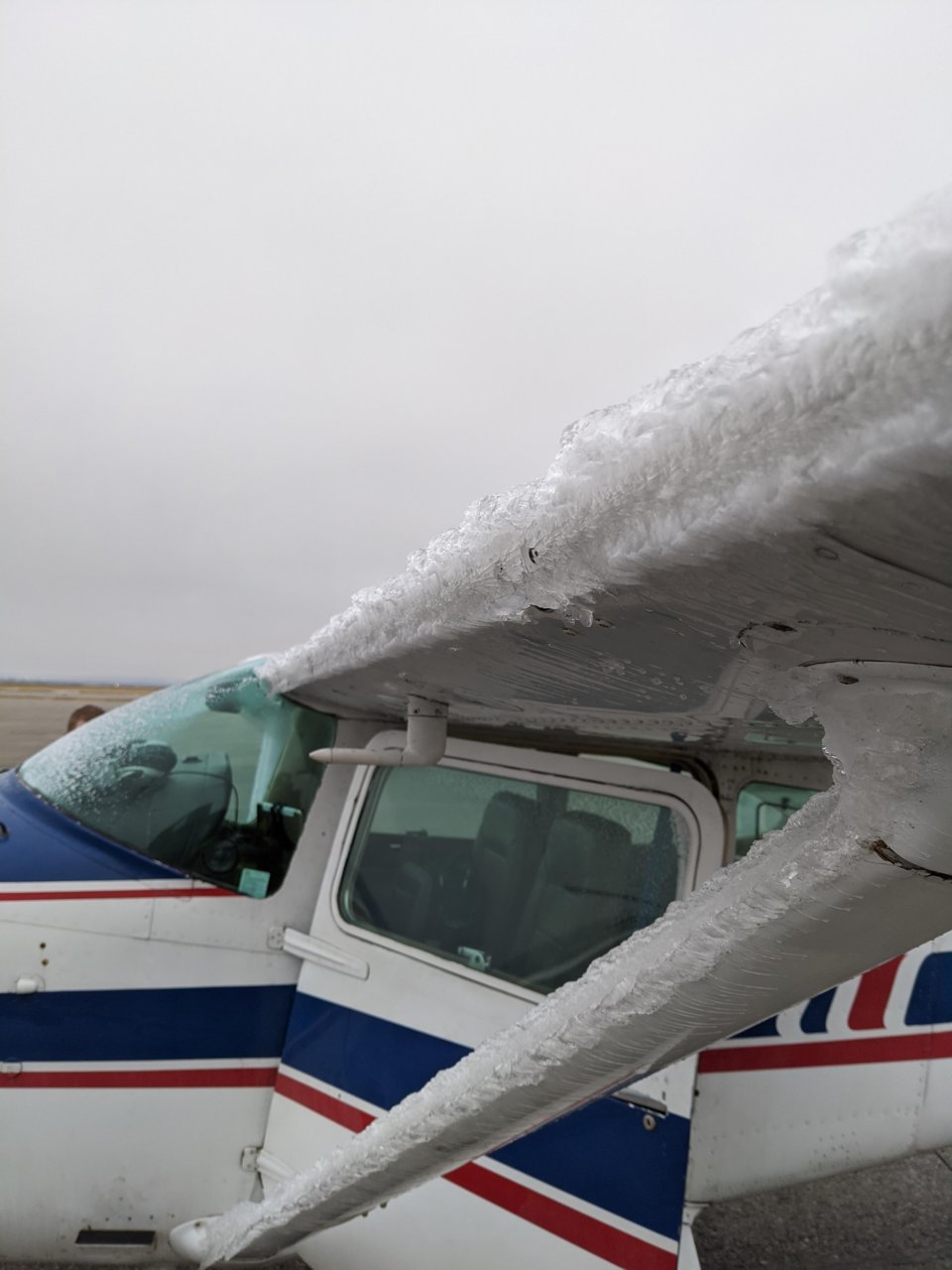Well, shoot. I was hoping for some clarity. Sounds like about 2/3 strictly follow the zero tolerance rule, and then several people offer first hand experience of it being a manageable risk. Seems like there's a fuzzy line in there somewhere that is dangerous to approach, and is likely different for each aircraft. If you find it, you might be screwed. It also seems like slicker, faster airplanes are probably more effected than slower, dirtier aircraft, hence the prohibition on turbine powered A/C having ANY frost. I was surprised to learn that 'polishing' frost was a recommended solution as recently as about 10 years ago.
I searched the NTSB database for any accident in the last 10 years of a piston a/c with the keyword 'frost'. I found 12 accidents of varying severity after discarding a few that attempted takeoff with snow piled on the wings, and airplanes that picked up ice in flight.
https://app.ntsb.gov/pdfgenerator/R...tID=20001212X20086&AKey=1&RType=HTML&IType=FA
Supercub 150lbs overweight, 1/4-1/2" frost on wings, heavy fog, 2 fatal
https://app.ntsb.gov/pdfgenerator/R...tID=20001212X20187&AKey=1&RType=HTML&IType=LA
Bellanca, 1200' grass strip packed with snow
https://app.ntsb.gov/pdfgenerator/R...tID=20001212X21883&AKey=1&RType=HTML&IType=LA
Supercub taking off from gravel bar, removed frost with a rope
https://app.ntsb.gov/pdfgenerator/R...tID=20010507X00888&AKey=1&RType=HTML&IType=LA.
Stinson 108, 2000' grass strip-grass 9" tall & wet
https://app.ntsb.gov/pdfgenerator/R...tID=20021010X05307&AKey=1&RType=HTML&IType=LA
This was a Beaver float plane. The report only said frost found on wings. I would guess it's not easy to inspect/deice a high-wing on floats.
https://app.ntsb.gov/pdfgenerator/R...tID=20021118X05478&AKey=1&RType=HTML&IType=LA
This is a 172 where the pilot claims to have deiced the airplane prior to takeoff...this one bothers me a bit
https://app.ntsb.gov/pdfgenerator/R...tID=20030207X00180&AKey=1&RType=HTML&IType=LA
Beech 18 that didn't use full power for takeoff...
https://app.ntsb.gov/pdfgenerator/R...tID=20031212X02022&AKey=1&RType=HTML&IType=FA
Sky Arrow, fatal, may have not attempted to remove ice/frost
https://app.ntsb.gov/pdfgenerator/R...tID=20051109X01815&AKey=1&RType=HTML&IType=CA
172, pilot 'polished frost w/ a broom'...uphill on 1950' RW, got airborne in ground effect 300' before end of RW, then tried to abort.
https://app.ntsb.gov/pdfgenerator/R...tID=20121115X23258&AKey=1&RType=HTML&IType=FA
Grumman AA-1, fatal, impacted terrain 3 miles away from A/P, had climbed 776 feet.
https://app.ntsb.gov/pdfgenerator/R...tID=20131001X24533&AKey=1&RType=HTML&IType=CA
Supercub taking off from a public street and hit a pole. Alaska is weird.
https://app.ntsb.gov/pdfgenerator/R...tID=20150120X24700&AKey=1&RType=HTML&IType=LA
182 with 1/4-1/2" frost climbed 50', then stalled
So after all this.....
I feel like I made a reasonable decision. The surface didn't feel any rougher with the frost than it did with just normal dust/dirt, and there wasn't enough to add appreciable weight. If I had it to do over again, I probably would have wiped the wings down with a towel to remove what I could. The poster with the 150 echoed my experience...the A/C performed significantly better with a little frost than it does in the summer, but no one would tell me not to take off with a 3000' density altitude. The risk as some mentioned is to continue pushing the envelope.

